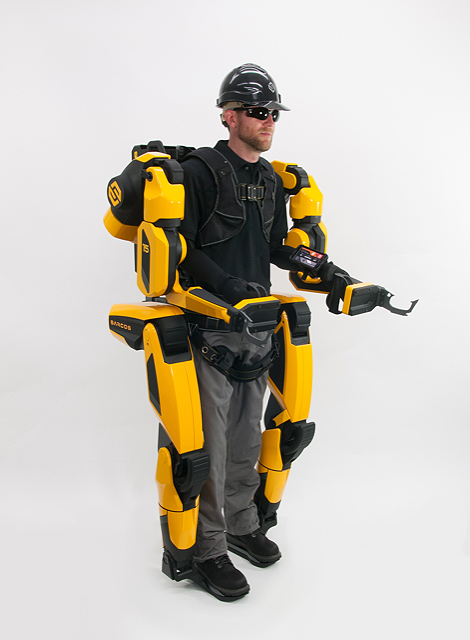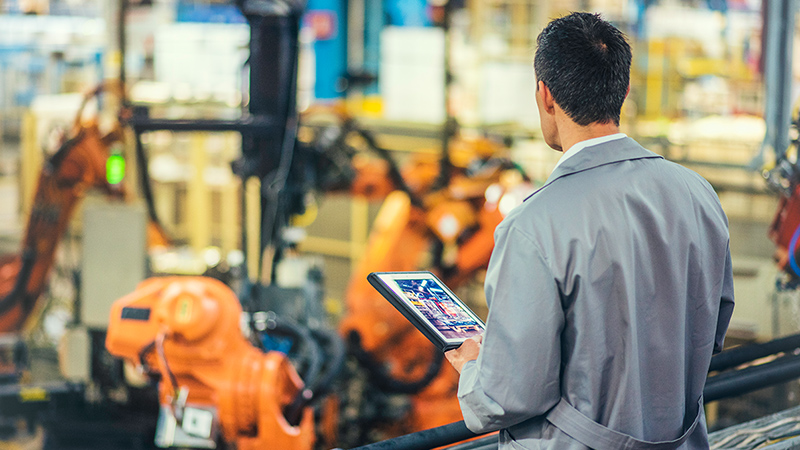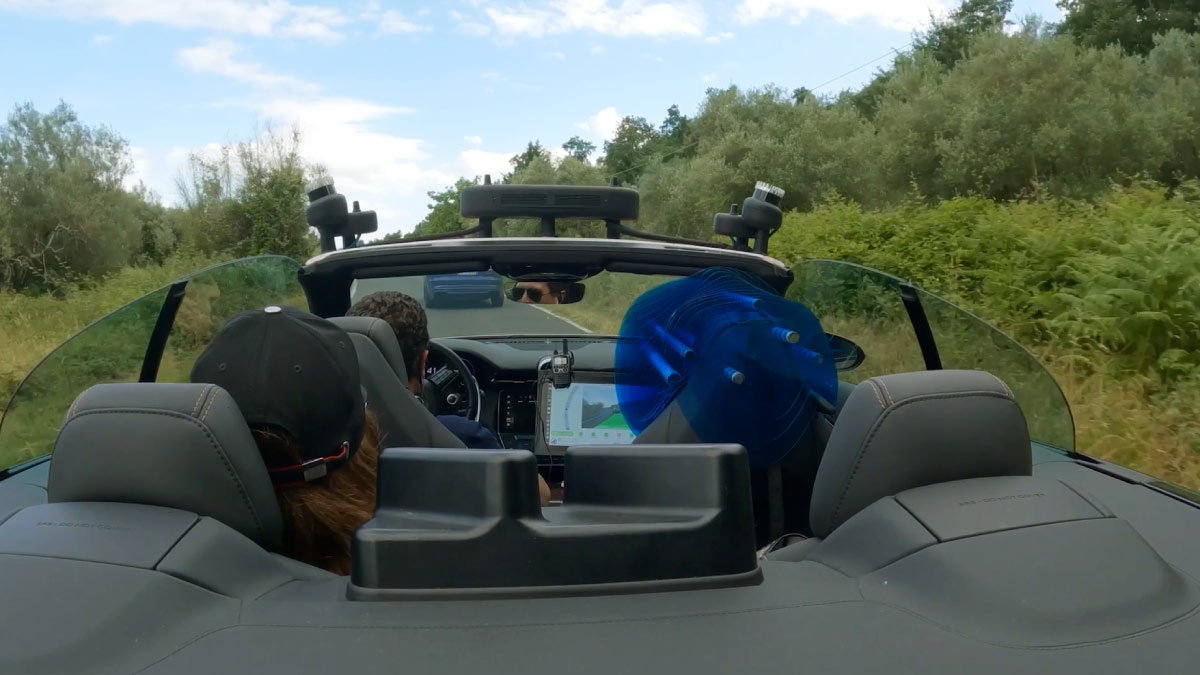Though still in its infancy, the market for industrial exoskeletons is heating up. These wearable robots are mechanical devices worn by an operator or worker that are made to mirror the structure of the individual’s limbs, joints and muscles. The equipment amplifies the wearer’s abilities or reduces strain while the person engages in physical activity, providing help with anything from lifting heavy objects to standing for long periods of time.
The secret sauce? It uses both human intelligence and dexterity, along with the strength of industrial robots.

Until recently, these robots have mostly been used for military activity and medical rehabilitation. But, thanks to a variety of factors, more companies and researchers have started developing versions for industrial use. Customers include manufacturers, and just about any enterprise with workers who must lift, pack or otherwise engage in continual physical activity.
See also: The rise of robots working alongside us
“If you’re going to stay competitive on the global stage, you have to invest in technology to increase productivity,” says Rian Whitton, a senior research analyst with ABI Research, “Exoskeletons are one of those technologies more companies are turning to.”
He estimates there will be 150,618 exoskeleton shipments in 2028 garnering $2.9 billion in revenue, up from $104 million in 2018.
Reasons why
Industry experts point to a few reasons for the stepped up activity. For starters, new technologies for exoskeletons are making the devices more capable than ever. Also while regulatory requirements exist, they’re less complex than those for the medical rehabilitative market. Then there’s the matter of return on investment: It’s a relatively straightforward task to pinpoint the value proposition and ROI in industrial uses, as well as increases in efficiency and productivity. Another factor is worker safety and a reduction in on-the-job injuries. According to OSHA, direct costs from work-related musculoskeletal disorders are $15 billion to $18 billion a year; indirect costs, which include such factors as production losses, raise that number to more than $45 billion.
“A worker under the chassis of a car using his arms to hold heavy tools above his head for long periods of time—exoskeletons take a lot of strain off,” says Whitton.
The current labor shortage in the U.S. is adding additional urgency, especially in certain sectors.
“Warehousing and fulfillment companies, manufacturers—they’re all having trouble finding workers,” says Whitton.
Exoskeletons can help address the problem by extending the working life of existing employees.
Different types of exoskeletons
With exoskeletons, one size does not fit all. Some attach at the hip and carry weight through to the floor. Others are upper body systems or help with gripping. St. Lake City-based Sarcos Robotics is developing a battery-powered, full-body industrial exoskeleton enabling a worker to safely lift and manipulate up to 200 pounds for extended work sessions. There also are rigid devices, while others are made of soft, lightweight materials that are easier on the body.
A growing number of companies are testing such exoskeletons. For example, in 2017, Lowe’s’ research arm Lowe’s Innovation Lab (LIL) began trying out exoskeleton suits, developed by LIL and Virginia Tech’s Assistive Robotics Laboratory, at a store in Christianburg, VA. These suits are used for stocking employees who unload truck deliveries and move products on the sales floor. With carbon fiber rods on the back and legs, they assist with lifting. According to an LIL press release, “The suits store and release energy as a person bends and lifts, similar to a bow and arrow. This reduces the amount of energy an employee expels while lifting to simply their body weight, and makes lifting objects like bags of concrete easier.”
See also: Robots among us
Other companies include Ford Motor Co., which, in 2017, started testing a wearable exoskeleton from Ekso Bionics at one plant to cut down on shoulder injuries experienced from performing overhead tasks. Last year, it announced it would introduce 75 upper body exoskeletons in 15 plants worldwide. And in 2017, Hyundai Motor Group began trying out a device for protecting knee joints. In 2018, it announced plans to start testing a device to reduce pressure on workers’ necks and backs.
At the same time, exoskeletons require some work before they’re more widely used in industry. For example, they aren’t modular.
“You hope eventually to be able to have interchangeable parts, like claws,” says Whitton.
Plus, many of the actuators and motors are still pretty heavy.
But those issues are likely to be solved in the near future. Industry experts predict other improvements, such as artificial intelligence capabilities allowing for data analytics aimed at monitoring possible injury.
“You can put sensors on the device, track body positioning and build a mosaic of information,” says Whitton.
###
We welcome the re-use, republication, and distribution of "The Network" content. Please credit us with the following information: Used with the permission of http://thenetwork.cisco.com/.




